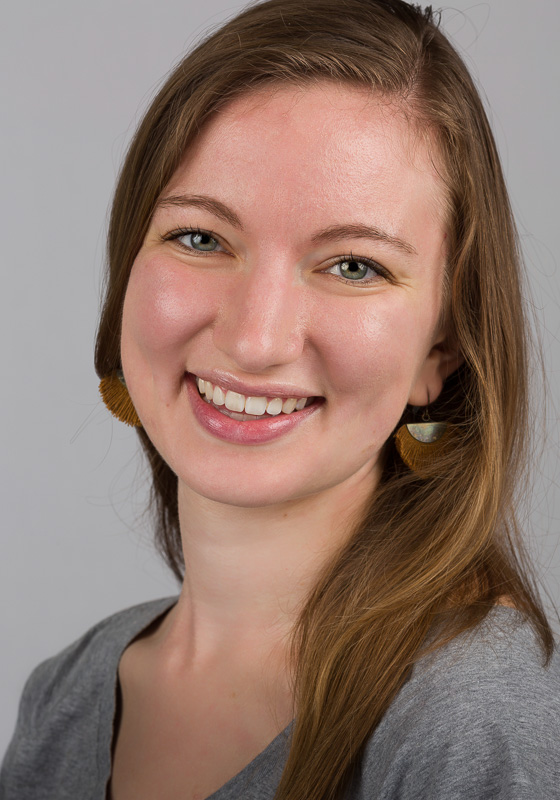ACA Young Scientist Spotlight-21
Claire Overly | Graduate Student | Purdue University | ACA Member Since 2019

Claire is a fourth-year PhD candidate in the Department of Biological Sciences at Purdue University. A native of sunny South Carolina, she completed her undergraduate studies in Biochemistry and Molecular Biology at Bob Jones University in Greenville, SC. She began her PhD in Microbiology, Immunology, and Infectious Disease at Purdue University in August of 2018 and joined the Noinaj Lab in 2019, studying bacterial membrane proteins. Currently, her research focuses on understanding the components and structure of the β-barrel Assembly Machinery (BAM) complex in Fusobacterium nucleatum.
In her spare time, Claire enjoys performing with local concert bands and trying to keep plants alive in her community garden plot.
Three Fun Facts About Claire Overly:
-
Music minor in college
-
Dad joke connoisseur
-
Shoe shopping enthusiast
Personal Statement
My research centers around membrane protein crystallography, which is exciting because membrane proteins are excellent targets for drugs and therapeutics. In our current global antibiotic resistance crisis, many Gram-negative bacteria are categorized as drug-resistant threats.  Accordingly, my lab studies an outer membrane protein complex in Gram-negative bacteria. In keeping with its explosive potential as a drug target, this complex is called BAM, or the β-barrel Assembly Machinery complex. Accordingly, my lab studies an outer membrane protein complex in Gram-negative bacteria. In keeping with its explosive potential as a drug target, this complex is called BAM, or the β-barrel Assembly Machinery complex.
I use crystallography to study the BAM complex in an organism called Fusobacterium nucleatum, which is an important Gram-negative organism in the oral microbiome. F. nucleatum not only causes oral infections but is also linked to colorectal cancer, making it an oncobacterium. Something I especially enjoy about my project is that I not only get to study and perform X-ray crystallography and other biophysical techniques, but I’m also learning about microbiomes and how they interact with the human body.
Being a graduate student during the COVID-19 pandemic has taught me the importance of community in science and the incredible gift that it is to work together to solve problems. A particular challenge at the very beginning of the lockdown phase of the pandemic was figuring out Zoom so that I could have a virtual preliminary exam (before online meetings were cool). However, as the isolation wore on, I began to feel that I was losing my love of science and even my desire to continue grad school. One day, as I got off a Zoom call with a few lab mates (by this time, Zoom meetings were all the rage), I realized that I hadn’t lost my love of science, but that, for a time, I’d lost my neighborhood of scientists. I hope that we never take for granted the ability to have scientific conversations and that we do take advantage of building relationships within our scientific spheres.
When I’m not setting crystal trays or growing large volumes of bacterial culture, I enjoy music. Since coming to Purdue, I’ve been able to play French horn in a university ensemble several semesters as well as a community band in town over the summer. As much as I love science, being able to completely disconnect from lab concerns and do something creative for a few hours is really refreshing.
To explain crystallography to non-crystallographer family and friends, I usually start with explaining the crystal lattice of sodium chloride, which is easy to visualize. I compare X-ray diffraction to something like light passing through a fence; this, while not a precise comparison, helps communicate the concept of an energy source passing through a material, resulting in a pattern with useful information.
Outside of my research building, my favorite place on campus is probably the Lavazza coffee shop down the block. When defending my dissertation, I may need to include the employees of that coffee spot in my acknowledgements slide.
|